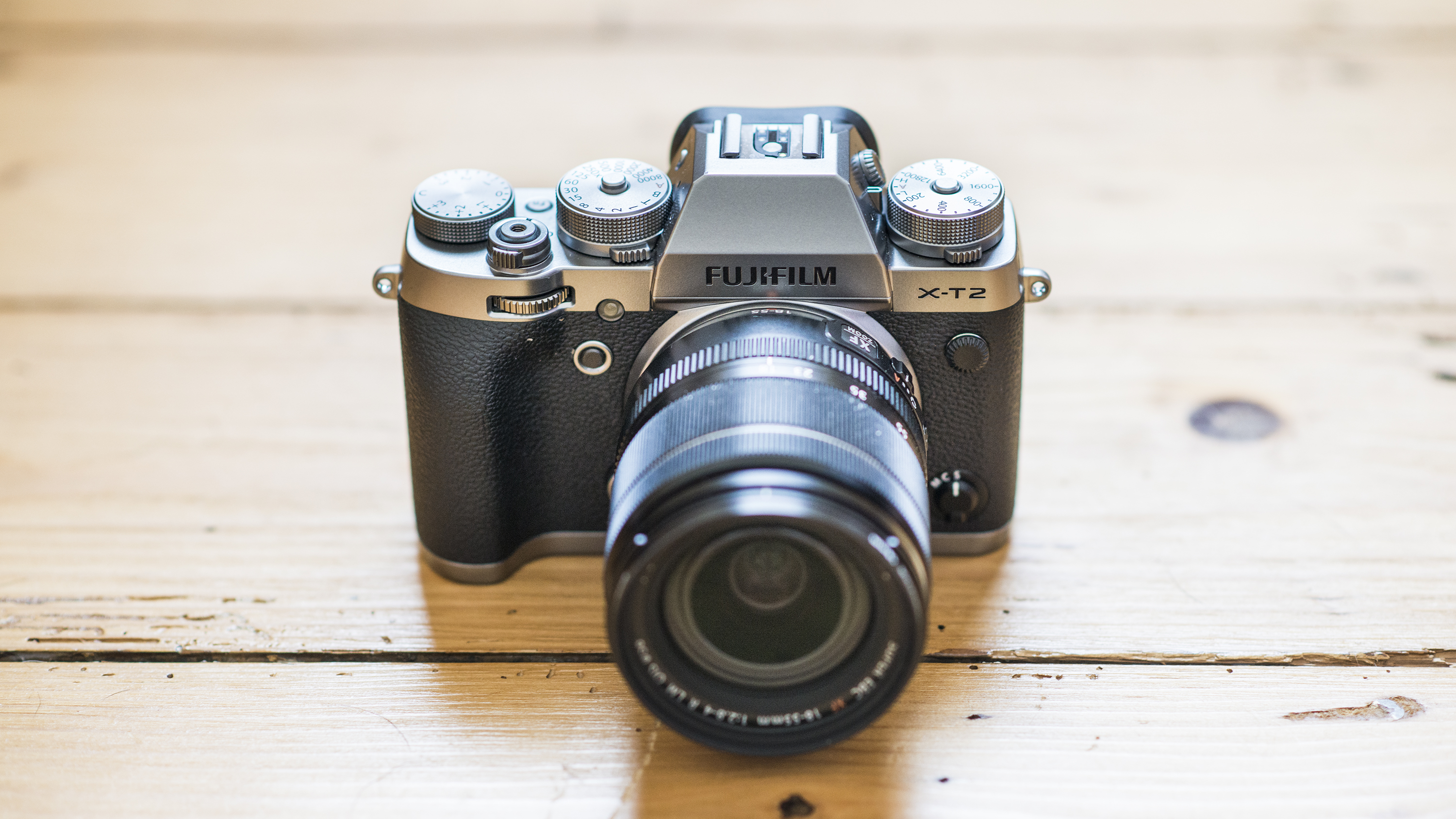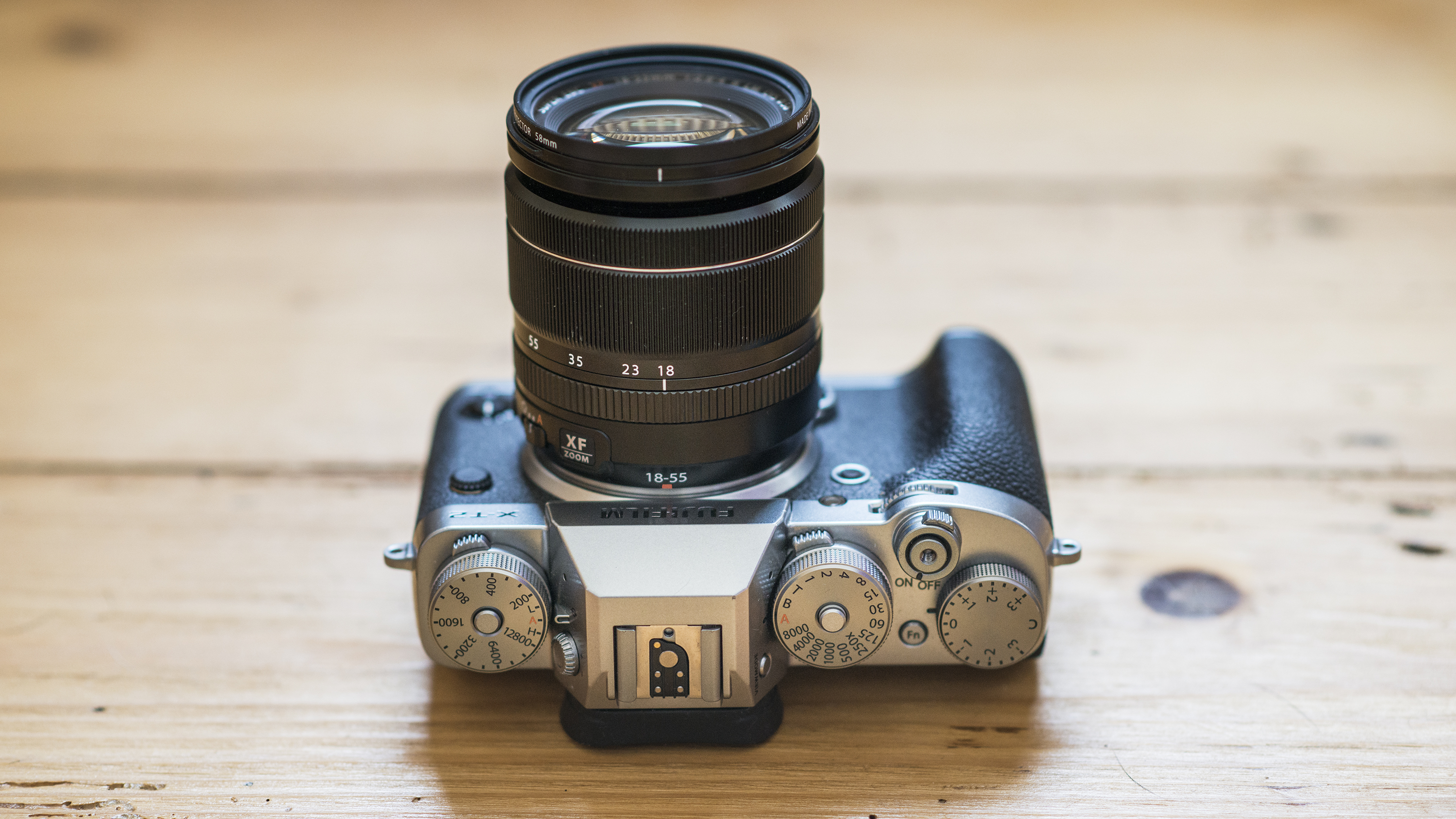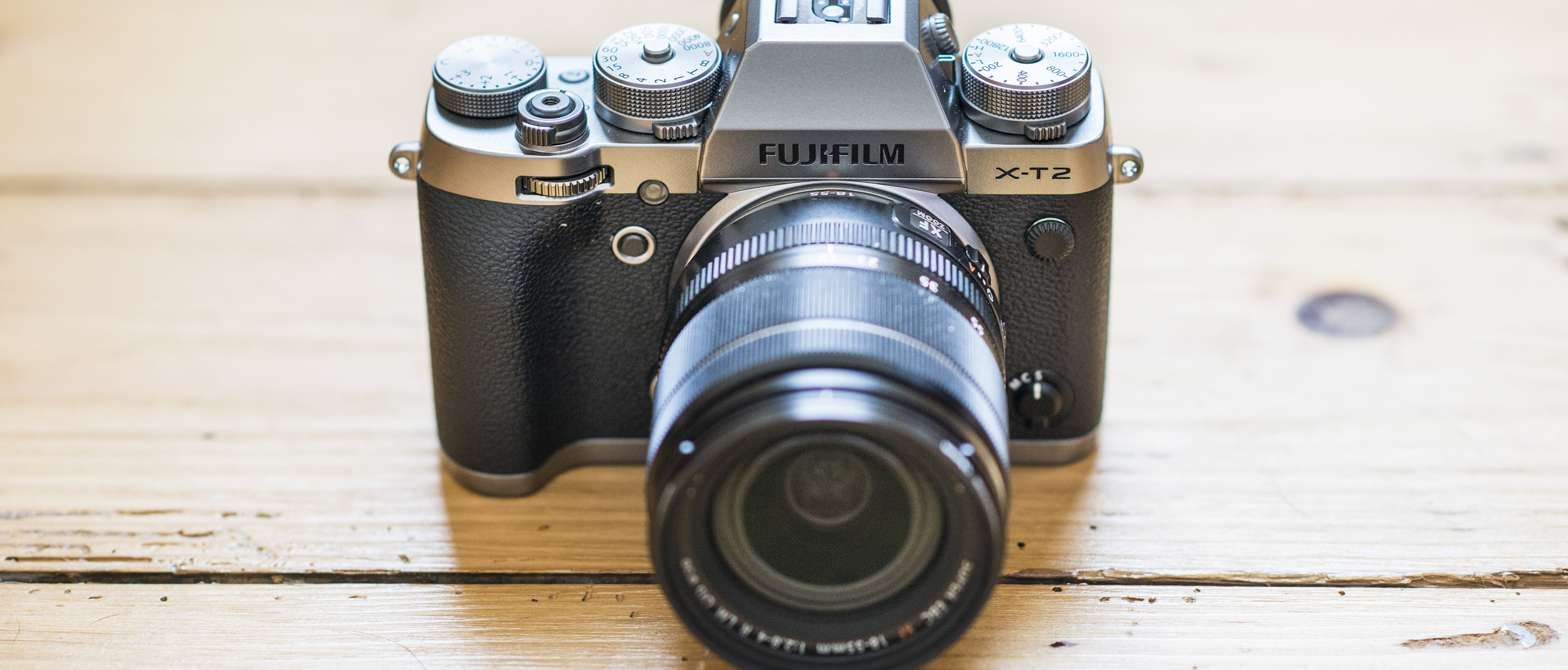TechRadar Verdict
It's starting to get on a bit, and is now overshadowed by both the X-T3 and X-T30, but the X-T2 is still a solid option for the enthusiast after a cracking mirrorless camera. Now its price has dropped a bit, it can be found for a great price too.
Pros
- +
Vastly improved AF system
- +
Large and bright EVF
- +
24.3MP X-Trans CMOS sensor
- +
Polished handling
- +
Film Simulation modes
Cons
- -
LCD not sensitive too touch
- -
Lower ISO sensitivity would be nice
- -
Headphone socket only on optional grip
Why you can trust TechRadar
Ever since the launch of the X-Pro2, we've been expecting to see a replacement for the much-loved X-T1 – and, sure enough, the X-T2 was announced back in July.
With the X-T2 sitting alongside the X-Pro2, Fujifilm believes it now offers two distinct options for photographers. The X-Pro2, with its rangefinder design, is less obtrusive and suited to Fujifilm's range of prime lenses, while the more SLR-like X-T2 is designed with the brand's growing range of fast zoom lenses in mind.
Update: The Fujifilm X-T2 has now been replaced by the X-T3, which brings with it a new 26.1MP sensor and 4K video recording along with a revamped autofocusing system, although the X-T2 is still widely available brand new. The X-T3 itself has been joined by a more junior X-T30 alternative, one that packs much of the same specs, and this is currently retailing at a similar price to the older X-T2. So if you fancy a more up-to-date spec sheet inside a slightly more portable body, the X-T30 is worth adding to your shortlist. The X-H1 has also taken the flagship X-series spot previously (jointly) occupied by the X-T2 and X-Pro2.
Features
- 24.3MP APS-C X-Trans CMOS sensor
- 3.0-inch tilt-angle screen, 1,040,000 dots
- 4K video capture to 30p
It's no great surprise to see the 24.3MP APS-C X-Trans III CMOS sensor that we first saw in the X-Pro2 in the X-T2. This sensor, with its clever filter designed to eke out even more detail compared to conventional designs, has delivered some impressive results in the X-Pro2, and is a welcome upgrade from the 16.3MP sensor in the X-T1.
The sensitivity range runs from a modest 200-12,800, but can be expanded to 100-51,200 – and the good news is that, unlike in the X-T1, this extended range doesn't force you to shoot in JPEG, with raw capture now possible as well.
The X-T2's electronic viewfinder has also come in for some attention, and while the 2.36 million-dot OLED display with 0.77x magnification remains the same, there are numerous improvements over the one used in the X-T1.
The X-T2 fixes that, with the new double-jointed articulated design making it possible to pull the screen outwards and away from the body when the camera is tilted on its side
It's now twice as bright (500cdm/2 compared to 250cdm/2), there's an automatic brightness adjustment function and it features a higher baseline frame rate of 60fps (compared to 54fps on the X-T1) – and there's now a Boost mode that increases this to 100fps to ensure that even fast0moving subjects are displayed smoothly. As you'd expect though, this increase refresh rate does come with a compromise, with the camera demanding more power from the battery.
Sign up for breaking news, reviews, opinion, top tech deals, and more.
Along with the viewfinder, the rear display has been updated, although at first glance it may appear that very little has changed. The 3.0-inch display keeps the same 1.04 million-dot resolution for starters – it would have been nice to have seen this increased to match the X-Pro2's 1.62 million dots, but the articulated display does have a clever trick up its sleeve.
While the articulated display on the X-T1 was great when shooting landscape-format shots, whether that was from low-down or raised positions, it wasn't much use when you came to shoot in portrait format. The X-T2 fixes that, with the new double-jointed articulated design making it possible to pull the screen outwards and away from the body when the camera is tilted on its side.




Interestingly though, while the X70 benefited from a touchscreen, Fujifilm has opted to omit this feature from the X-T2, its argument being that, having spoken with end users, there just isn't the hunger for it on X-series cameras. While that may be the case, some might feel that this is a bit of an unnecessary oversight.
The X-T2 is the first Fujifilm X-series camera to shoot 4K UHD (3840 x 2160) video recording, offering a bit rate of 100Mbps (compared to 34Mbps on the X-T1) at 30, 25 or 24fps. It offers recording times of up to 10 minutes – although if you attach the optional VPBC-XT2 battery grip this is extended to 29 minutes and 59 seconds – while there's HDMI output, audio volume live monitoring and adjustment, and a 3.5mm microphone socket in the body (there's a 3.5mm headphone terminal in the optional grip).
The aforementioned all-new VPB-XT2 battery grip accommodates two batteries (as well as being supplied with a dual charger), and as well as offering benefits mentioned above it improves the burst performance of the X-T2 from 8fps to 11fps, while Fujifilm claims that with two fully charged batteries you'll be good for 1,000 shots – and that's not forgetting the other battery tucked away in the camera.
Finally, the X-T2 now features dual SD card slots around its side (the X-T1 only offered one), and these accept both SDHC and SDXC cards in addition to older SD types. Furthermore, unlike on the X-Pro2, both are UHS-II compatible, which gives them equal footing from a performance point of view.

Phil Hall is an experienced writer and editor having worked on some of the largest photography magazines in the UK, and now edit the photography channel of TechRadar, the UK's biggest tech website and one of the largest in the world. He has also worked on numerous commercial projects, including working with manufacturers like Nikon and Fujifilm on bespoke printed and online camera guides, as well as writing technique blogs and copy for the John Lewis Technology guide.
